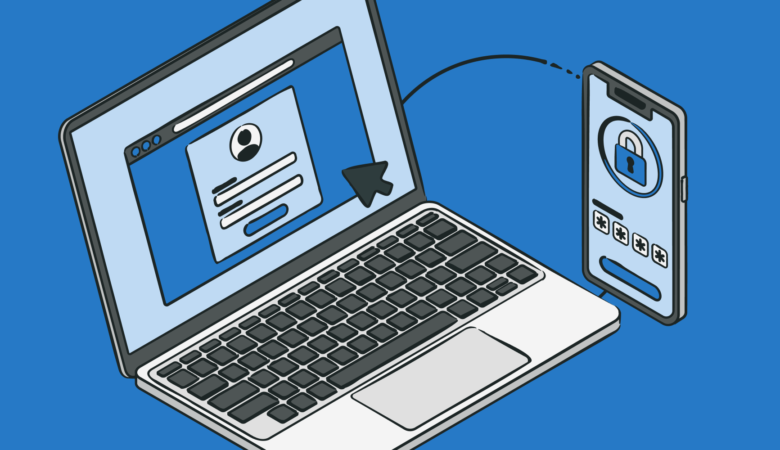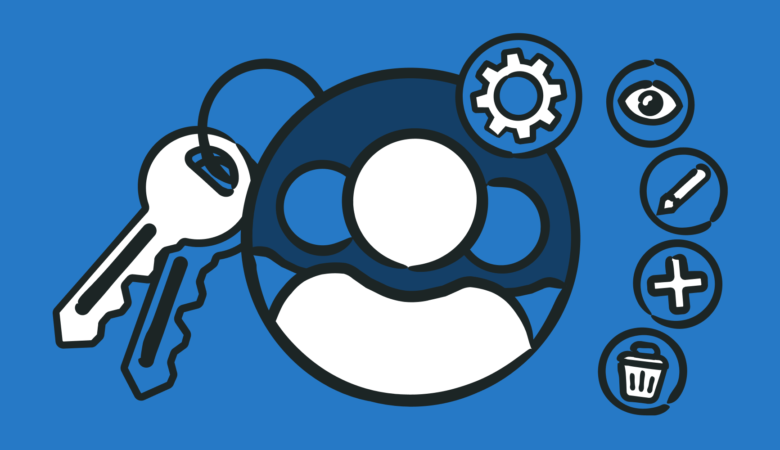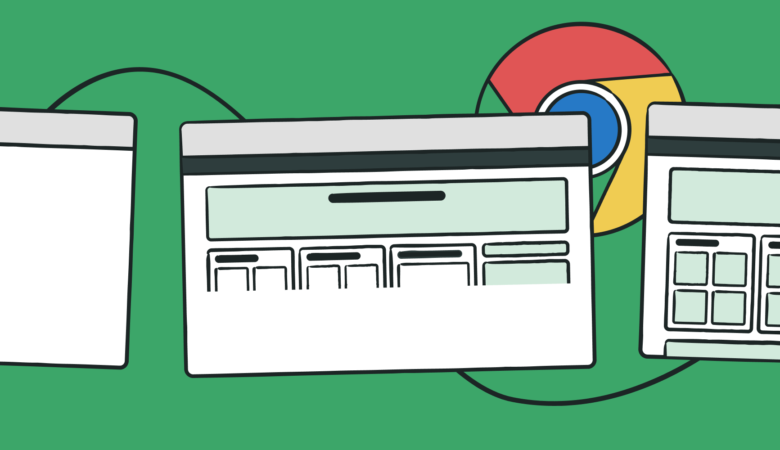Previously your Uptrends monitors were either enabled or disabled; not anymore! For Professional, Business, and Enterprise accounts, you now have three options in your monitoring settings: Development, Staging, and Production mode.

You can now choose between three monitor modes:
- Development mode lets you test your monitors manually while you tweak and optimize them,
- Staging mode lets you see how your monitors do in a production mode without affecting your data, and
- Production mode when actively monitoring your target.
Why use the new monitor settings?
If you’ve ever participated in developing software, you’ve heard the phrase, “It works on my machine.” “It works on my machine,” is the standard response from a developer that wrote and tested the code, and they aren’t lying. The code did work on their machine, but something unique to their machine allowed it to work. The code from the developer’s machine, placed in a different environment, may have dependencies or other issues that weren’t problems in the development environment.
Software developers learned a long time ago that code developed on their computers needs testing in an environment that mirrors the production environment. This environment is frequently called staging. In the staging environment, developers can test for issues that they might not have been aware of while in development.
Uptrends newest monitoring types, Multi-step API and Self Service Transactions, require a similar level of development and testing. To make it easier to bring complicated monitors live without affecting your reporting data, we’ve added Development and Staging modes to your monitoring settings.
Development mode
Use development mode to tweak and refine your monitors and monitoring scripts.
Putting a monitor in development mode automatically disables the monitor, and you can’t enable a monitor while it is in development mode. Uptrends does not schedule the monitor for automated testing, and the monitor doesn’t count toward your allotted number of monitors while in development mode. You can have as many monitors as you would like in development mode.

Notice above that when in development mode, the enable option is not available. When in development mode, your monitor appears in the Monitors list with a wrench next to the monitor’s name.

Using development mode
Uptrends defaults a new monitor to enabled in production mode, so when you save the monitor, it immediately starts conducting checks (if you have enough available monitors or credits). Switching the monitor to development mode disables the monitor once you save it. If active before, the monitor now doesn’t count towards your allowed monitor counts or credits.
#protip
You can experiment and test many different monitoring strategies while in development mode without influencing your data nor your monitor counts or credits.
Development mode is the perfect time to create Transaction monitors and Multi-step API monitors. You can modify and use the Test Now button to check your scripts or settings. Once you’re comfortable with your settings, you can move to the next phase and put the monitor in staging mode.
Staging mode
Staging mode is where the fun begins without the consequences of production. Once you’ve done all you can do in development mode, it’s time to switch your monitor into staging mode.

To switch to staging mode, you have to have the available monitors in your plan; otherwise, you can’t save the monitor in staging mode. Once you save the monitor in staging mode, it works just like a monitor in production, but Uptrends doesn’t apply the data to your uptime and SLA reports. Uptrends records any errors that happen in your logs, but your staged monitors do not affect your other production data. You do need to enable a monitor in staging mode (see above).
#protip
When switching to staging mode, remember to enable your monitor by clicking the Enable box.
Why use staging mode if the monitor worked when testing manually in development mode?
By letting your monitor run a few days in staging mode, you can identify issues that may not show up during manual testing in development mode. Let’s look at a few examples:
- You picked a content match for a regionally defined word or phrase that worked when you tested from New York, but it won’t work when testing from Amsterdam.
- Your chosen content match’s value changes caused by daily updates. The changing content causes your monitor to generate alerts and affect your uptime data.
- The server starts rejecting the login credentials due to the frequency of logins.
- Your firewall recognizes the duplicate requests and begins blocking them, thinking that the request poses a threat.
- Manual testing had a minimum impact on your site or service, but in production mode, your transaction monitor rapidly depletes inventory or fills appointments causing errors.
- An A/B test is running that you weren’t aware of while testing in development mode. The A/B test becomes a problem in production mode.
By first running your monitor in staging mode for a few days, you can identify and fix several issues before they affect your monitoring data.
When your monitor is in staging mode, your monitors appear with a flask next their name in your monitor list and logs.

You must have available monitors in your account to switch a monitor from development to staging mode. If you need to upgrade your account or purchase additional monitors, contact your monitoring consultant.
Production mode
Production mode is the default when creating a new monitor. When you save the monitor, it immediately goes into production and starts generating data that is visible in your uptime reports and SLA data.
Monitors in production mode do not have any visual indicators, but be sure to enable the monitor and alerts (see below).

Although monitors in production mode don’t have an icon indicator, you can filter your monitor list to only show monitors in production mode. To filter your list, check the box next to the rocket at the top of your monitors list.
![]()
Uptrends limits the number of monitors you can have in production and staging mode based on your plan’s number of allowed monitors and credits. If you find yourself needing more monitors, your monitoring consultant can help you determine your needs and set you up with the monitors you need.
#protip
Remember production mode is the default. If you don’t want a new monitor to start taking measurements right away, switch it to development or staging mode before saving it for the first time.
What happens if I switch from production back to development or staging mode?
Your checks made while in production do show in your SLA and uptime data. However, any checks made after changing from production mode do not impact your data even if you have the monitor enabled in staging mode.
How do I get Development, Staging, and Production modes in my account?
If you have a Professional, Business, or Enterprise account, you can start using these new modes right now. If you don’t have one of those plans, but you want to use the new monitor modes, speak to your monitoring consultant about an upgrade. You also get lots of other features that you don’t have access to in the other plans.





test